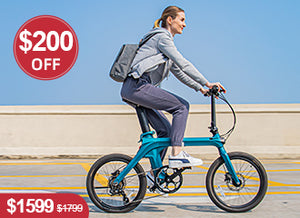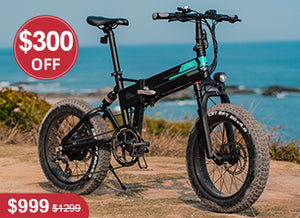As electric bikes (e-bikes) continue to grow in popularity, a common question among potential users is whether pedaling is necessary when using one. This article aims to clarify the mechanics of e-bikes, explore the different types available, and explain under what circumstances pedaling might be required.
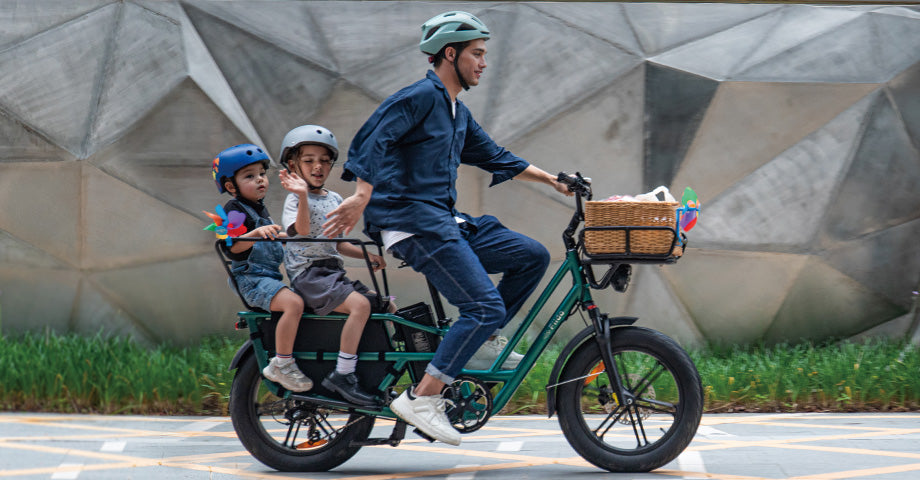
Understanding Electric Bikes
Electric bikes are designed to offer an enhanced biking experience, providing assistance through an electric motor. This assistance can come in various forms, depending on the type of e-bike you choose. Generally, there are two main types of e-bikes, each with distinct features and operating modes:
Pedal-Assist E-Bikes
Pedal-assist e-bikes, also known as pedelecs, require the rider to pedal to activate the motor. Here’s how they work:
Sensor Activation: These bikes are equipped with sensors that detect pedaling movement or force, which then triggers the motor to provide a boost. The level of assistance adjusts automatically based on how hard or fast the rider pedals.
Controlled Speed: The motor helps maintain a consistent speed, making it easier to cover longer distances or climb hills without excessive fatigue. The motor ceases assistance typically at speeds up to 20 mph (32 km/h) or 28 mph (45 km/h), depending on local regulations.
Throttle-Controlled E-Bikes
Throttle-controlled e-bikes offer an experience similar to riding a motorbike or scooter, where pedaling is optional:
Throttle Mechanism: These bikes feature a throttle on the handlebar that can be used to engage the motor directly, allowing the bike to be propelled without pedaling.
Flexible Use: Riders can choose to use the throttle for a completely pedal-free ride or combine it with pedaling for increased speed and battery efficiency.
Pedal or Not? It's Your Choice
The necessity to pedal depends on the type of e-bike and the rider's preference:
Pedal-Assist Bikes: Yes, you need to pedal to activate and continue receiving motor assistance.
Throttle-Controlled Bikes: No, you can ride without pedaling if you choose to use the throttle.
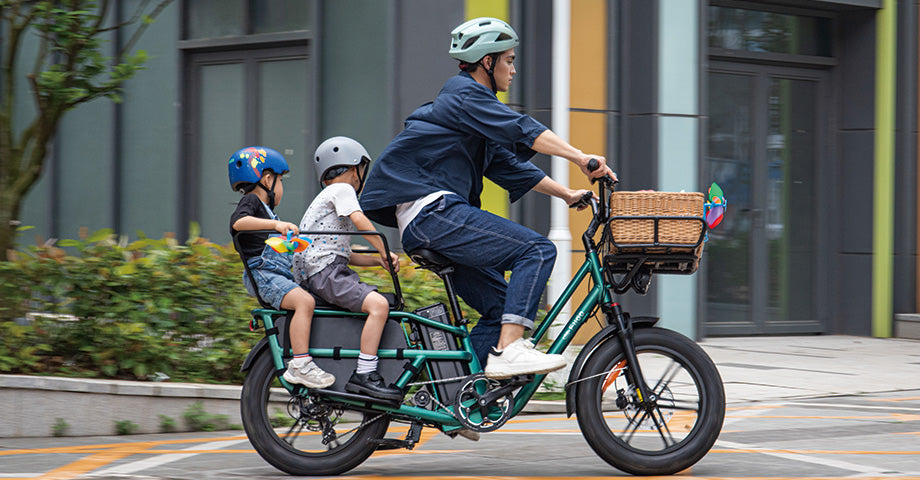
Legal and Safety Considerations
Understanding the legal implications of e-bike use is crucial as they can vary significantly by region:
Regulations: Some jurisdictions may restrict the use of throttle-controlled e-bikes to certain areas or require them to adhere to specific rules that do not apply to pedal-assist models.
Safety: Independent of the type, wearing a helmet and understanding the mechanics of your e-bike can enhance safety. Always check local laws to ensure compliance with traffic regulations and safety standards.
Benefits of Pedaling on an Electric Bike
Choosing to pedal on an e-bike, even one equipped with a throttle, offers several benefits:
Exercise: You gain cardiovascular and muscular benefits by pedaling, which can be adjusted by changing the level of motor assistance.
Range Extension: Pedaling can help conserve the battery’s charge, allowing for longer rides before needing a recharge.
Environmental Impact: By pedaling more, you reduce the reliance on the electric motor, thus minimizing your carbon footprint.
Fiido Electric Bikes: A Blend of Comfort and Efficiency
Fiido electric bikes are renowned for their innovative design and practicality, offering both pedal-assist and throttle options to suit various needs:
Design and Versatility: Fiido bikes are designed for comfort and ease of use, featuring lightweight frames and foldable designs that are perfect for urban environments.
Battery Efficiency: Fiido models are equipped with high-capacity batteries that provide long ranges on a single charge, making them ideal for both short commutes and longer journeys.
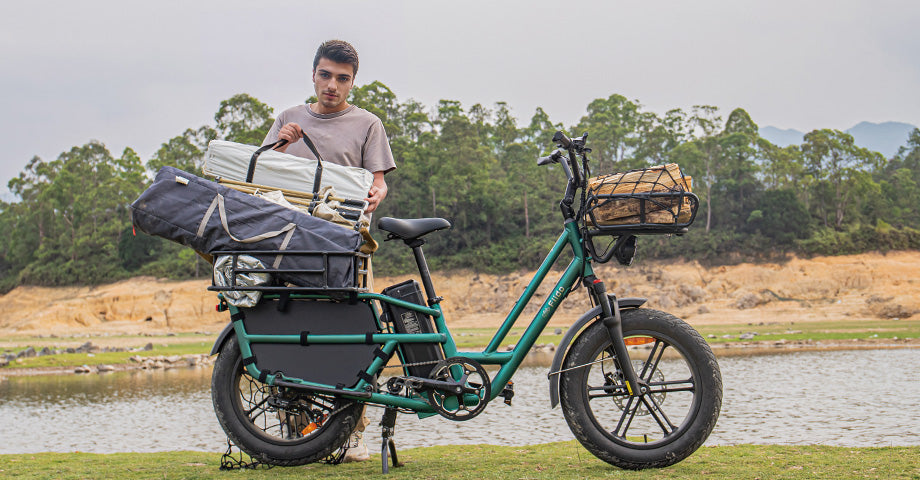
Conclusion
Whether you have to pedal an electric bike or not depends on the bike’s design and your personal preferences. E-bikes provide the flexibility to choose how you ride, catering to a variety of lifestyles and fitness levels. With options like Fiido electric bikes, riders can enjoy the added convenience of innovative features that enhance both the riding experience and lifestyle mobility.
E-bikes represent a significant step forward in how we think about transport solutions, offering a blend of efficiency, convenience, and environmental stewardship. Whether for commuting, leisure, or fitness, an electric bike can be a smart addition to your lifestyle.
